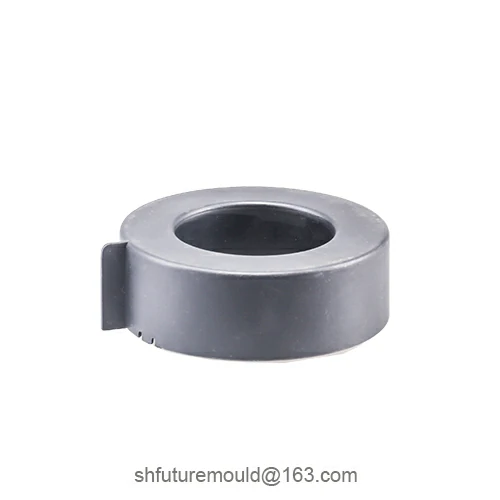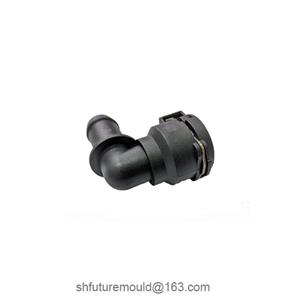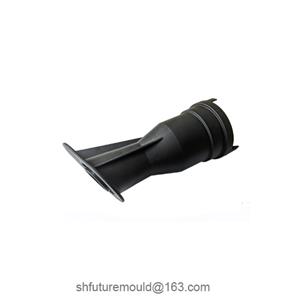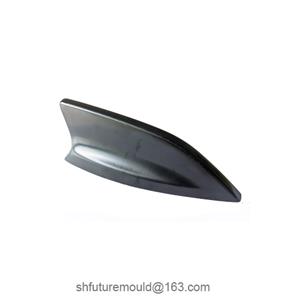The Function of Return Pins in Injection Molds
Return pins are core functional components of the ejection system in injection molds. Their performance affects mold cycling efficiency, product demolding quality, and equipment safety.
1. Basic Functions and Structural Composition of Return Pins
1.1 Core Functional Definition
Return pins utilize mechanical linkages and elastic energy storage to forcibly retract the ejection system to its initial position after mold opening. This ensures precise resetting of moving components (e.g., ejector pins and stripper plates) during mold clamping, preventing mold damage caused by collisions between ejector pins and cores.
2. Five Core Functions of Return Pins
2.1 Forced Return Function
Return pins overcome the self-weight of the ejector plate (typically 50–200 kg) and residual plastic adhesion forces using spring preload (generally set to 1.2–1.5 times the ejection force), ensuring complete retraction of ejector pins into the cavity.
2.2 Mold-Clamping Safety Protection
If the ejection system fails to reset, the return pin head contacts the stationary mold plate’s limit surface, physically blocking the mold-closing motion and triggering an emergency stop (mechanical protection error: ±0.1 mm).
2.3 Motion Buffer Control
The stiffness coefficient of return springs (k = 8–15 N/mm) absorbs inertial impacts from the ejection mechanism, avoiding rigid collisions at the reset endpoint (acceleration controlled within 5g).
2.4 Thermal Expansion Compensation
In high-temperature conditions (e.g., polycarbonate injection molding), an H7/f6 fit clearance between return pins and guide bushes reserves 0.05–0.1 mm of thermal expansion allowance to prevent jamming.
- Injection Mold
- Automotive Injection Mold
- Electronics & Electrical Injection Mold
- Consumer Goods Injection Mold
- Airplane Components Injection Mold
- Medical Components Injection Mold
- Irrigation Components Injection Mold
- Injection Molds




